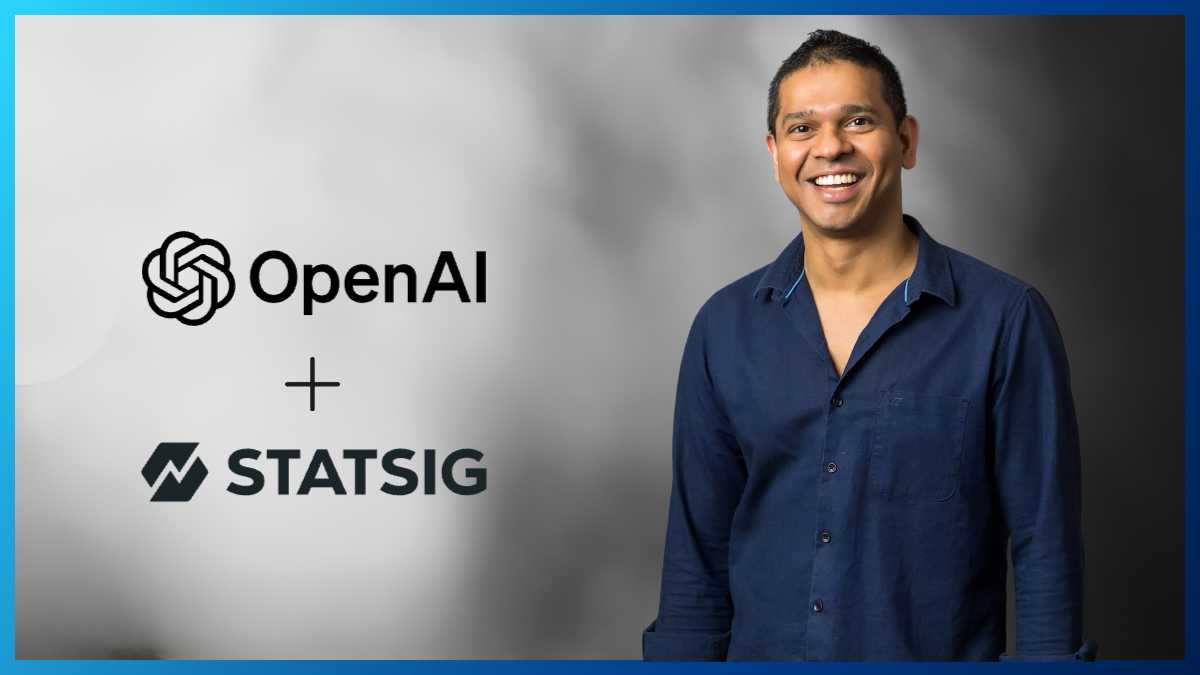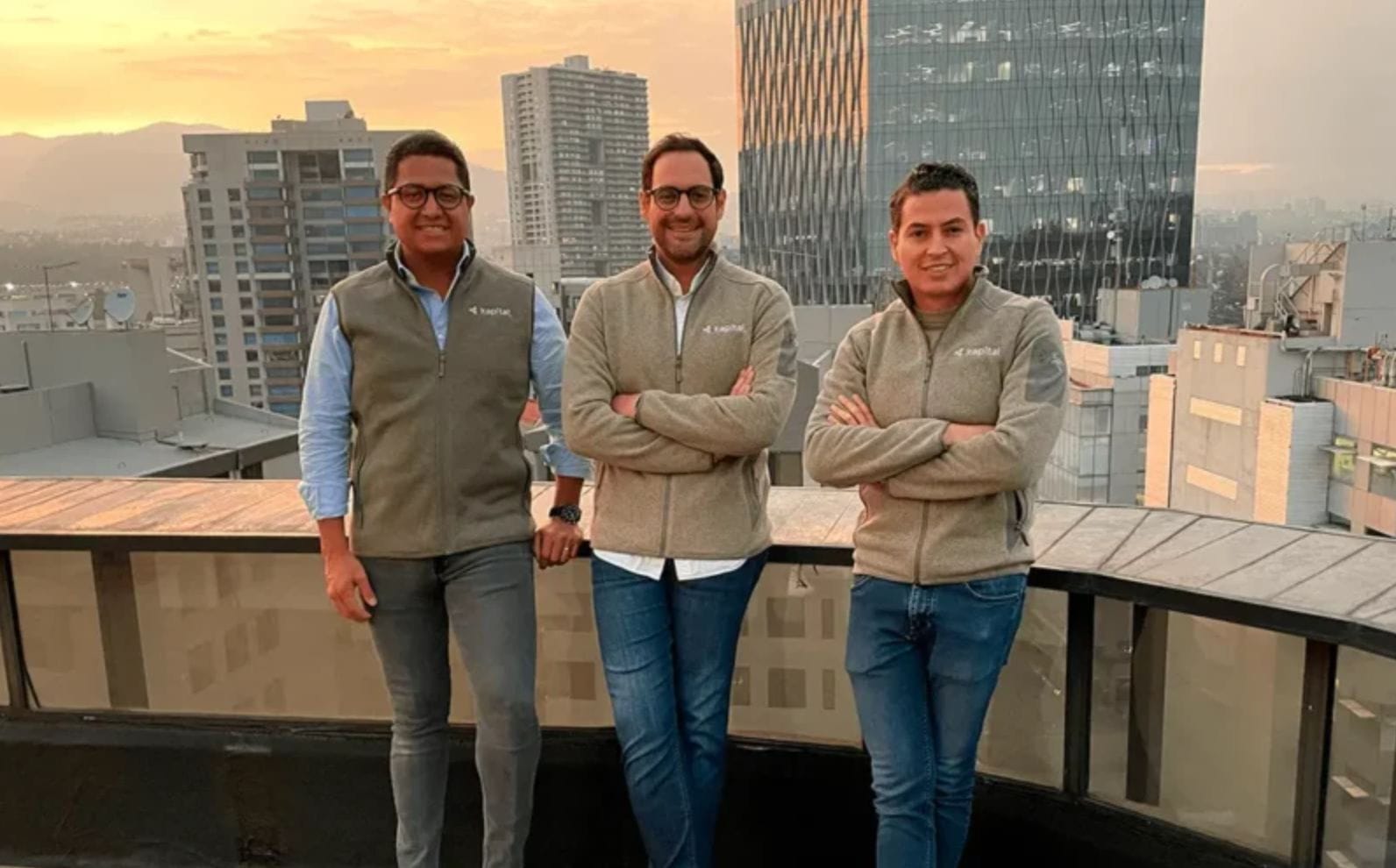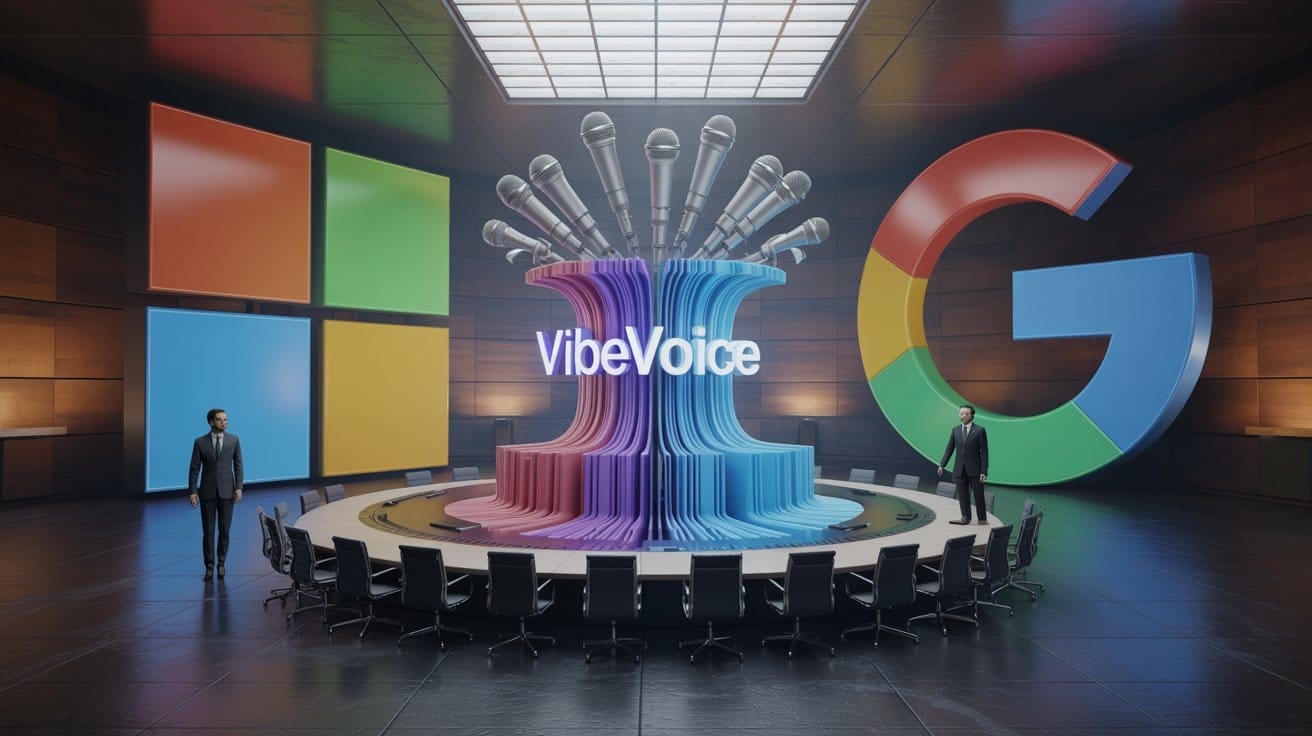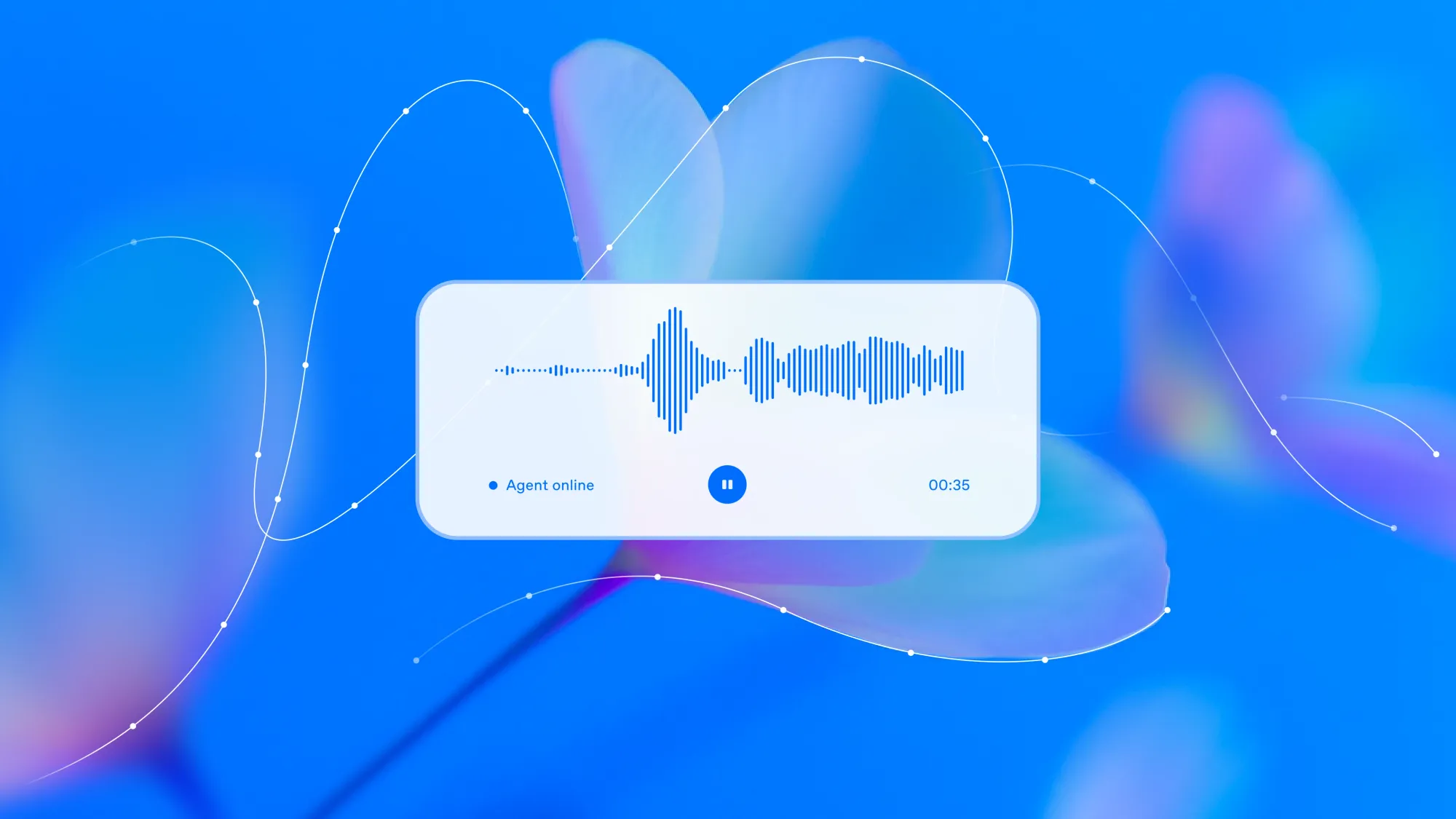From Models to Experiments: OpenAI’s Real Plan Behind the $1.1B Statsig Deal

On paper, it looked like an overpriced SaaS deal. OpenAI spent $1.1 billion in stock to acquire Statsig, a company best known for feature flags and A/B testing tools. That’s a head-turning number for a platform that never defined the frontier of generative AI. But the math only makes sense if you read the fine print: OpenAI wasn’t buying revenue. It was buying a playbook, and the man who wrote it.
Vijaye Raji, Statsig’s founder and now OpenAI’s new CTO of Applications, isn’t another acqui-hire. He’s the architect of one of the most powerful money machines in tech history: Meta’s ad experimentation engine. At Facebook, Raji helped design the system that transformed clickstream tweaks into billions of dollars, running tens of thousands of simultaneous experiments to optimize what users saw, when they saw it, and which ads they clicked. That culture of relentless, scaled experimentation is exactly what OpenAI wants to graft onto its own consumer platform.
The deal is less about software than about speed. It’s a bet that the future of AI won’t be decided by the biggest models, but by the organizations that can learn the fastest.





